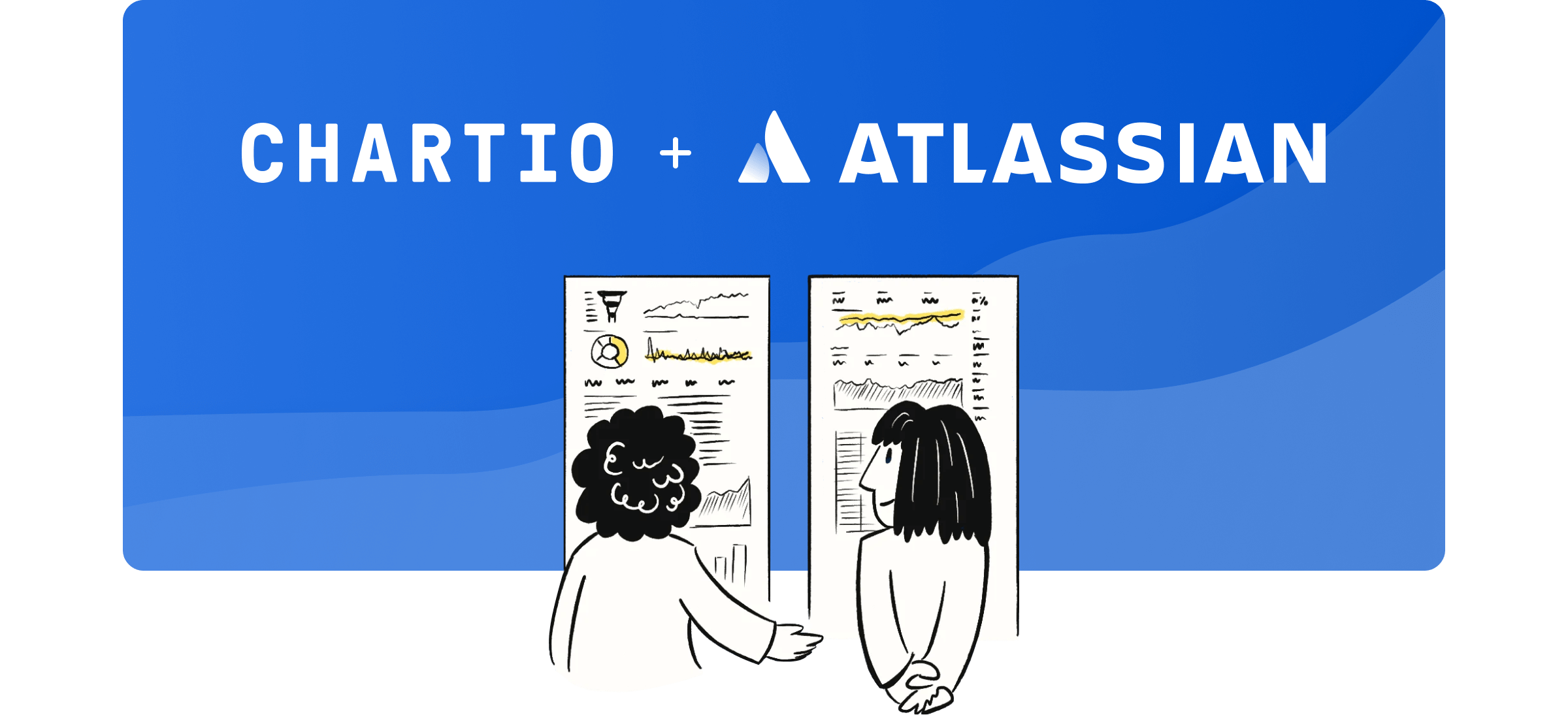We are excited to announce that we now support Amazon Athena. Amazon Athena is an interactive query service that makes it easy to analyze data in Amazon S3 using standard SQL. Since it’s serverless, there’s no infrastructure to manage, and you pay only for the queries that you run. Together, Chartio and Amazon Athena allow users across an organization to quickly analyze large-scale datasets and get insights.
Why Amazon Athena?
Let’s begin answering this question with why we would connect to a data lake. A data lake is an architectural approach that allows you to store massive amounts of data into a single repository regardless of source or format. With a data lake, you can collect and store any type of data at any scale. This means that ALL of your data can be stored in one place and the entirety of your data is available for analysis just by simply accessing the data lake.
While storing data is easy with services like Amazon S3 offering low cost, scalable and reliable storage in the cloud, analyzing data can be a challenge. For one, setting up a data lake for analysis can be a challenge. The most common solution to this is to use an ETL (Extract, Transform, Load) process to load the data into a data warehouse in preparation for analytics. In this set-up, data available in the data warehouse is already aggregated to increase performance and efficiency but that means you only get subsets of your data and not the whole picture. Or another route is to set up a Hadoop cluster which will require resources with a specific technical skill set involved in building and maintaining the cluster. All that untapped data, how can we access it?
The answer to that is Amazon Athena. With Amazon Athena, you can tap into all your data in Amazon S3 without the need to set up complex processes to ETL. In addition, Amazon Athena is a managed service that requires no infrastructure to manage. Queries are automatically fine tuned and executed in parallel for fast performance. It’s not only ideal for quick, ad-hoc querying but also for complex analysis utilizing SQL while working with a variety of data formats allowing flexibility in exploring your data using a pay per query model. Amazon Athena also integrates with AWS Glue out-of-the-box allowing you to create a unified metadata repository across various services to optimize query performance and reduce cost.
Amazon Athena and Chartio
At Chartio, we always seek to leverage the power of SQL, which is why we natively connect to SQL databases. There’s no proprietary language to learn, no additional skill set, just SQL. All users, regardless of SQL knowledge, can access and analyze their data in Chartio either with our powerful interactive drag and drop mode or writing raw SQL in our editor. By connecting Amazon Athena with Chartio, you can directly leverage the power of Amazon Athena to query your data where it lives with just SQL.
Leveraging Chartio with Amazon Athena
Amazon Athena makes it easy to access all your data but querying and visualizing data with a BI tool is still another challenge. For one, Amazon Athena charges per query which can limit usage to reduce cost. With Chartio, you can query your Amazon Athena data once and utilize our Data Stores to save the query results to use without having to send additional queries to Amazon Athena. You can then join your Amazon Athena data with other data sources and apply transformations to the data to get your data exactly how you want it. You can easily control access to Amazon Athena but still unleash the data to all your users with Data Stores without worrying about extra costs.
In addition to optimizing usage, optimizing queries can also make an impact since cost per queries vary based on the data that is being processed. Amazon Athena uses Presto underneath the covers so understanding best practices with Presto will give you insight on how to best optimize your queries. You can find a list of the Top 10 Performance Tuning Tips for Amazon Athena from AWS that covers best practices from loading your data to querying your data. You can easily apply the querying tips in Chartio by utilizing the various features of our interactive mode or simply adjust any queries in SQL mode.
With Chartio and Amazon Athena, join people on data. Anyone in your organization can explore, analyze and answer their own questions.


